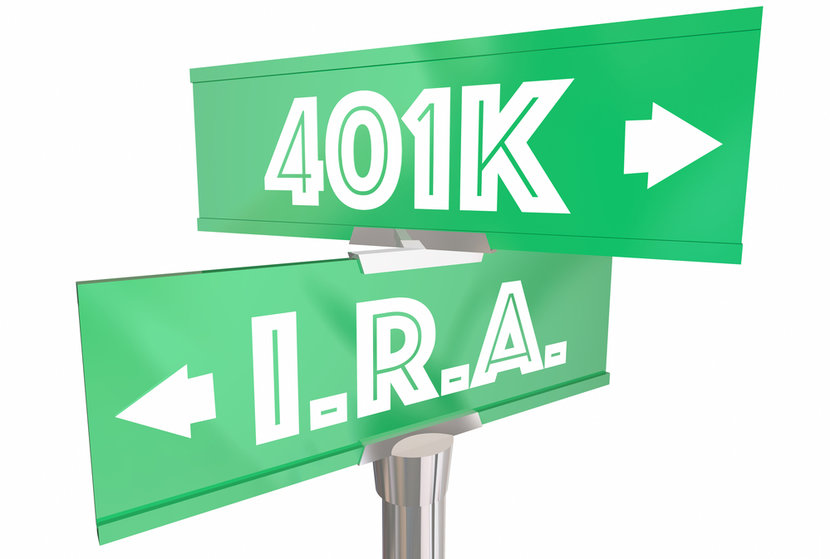
When Financial Fitness for Life works with an employer that has the option of using a Roth 401(k) within their retirement plan, employees will often ask us: “Should I make contributions to a Roth IRA or Roth 401(k)?” While both of these accounts can provide similar benefits, there are some key differences you should know.
Roth accounts can be a great way to diversify your taxes on your retirement income. Roth accounts give you the unique opportunity of paying taxes now on your contributions while benefiting from tax-free growth and tax-free withdrawals in retirement. This could be of particular benefit to you if you expect to be in a higher tax bracket after you retire. You will want to keep in mind that certain conditions must be met for you to enjoy these benefits. For example, your withdrawal must be on or after the date that you turn 59 ½ years old and at least five tax years after your first contribution.
Income Limits
If you are looking to contribute to a Roth IRA, you need to be aware of the income limits. Simply put, if you or your household makes too much money, you might not be eligible to contribute to a Roth IRA. For 2021, single tax filers must have a modified adjusted gross income (MAGI) of $140,000 or less. If you are married and filing jointly, your joint MAGI must be under $208,000.
One of the biggest advantages of the Roth 401(k) is that there are no income limits, making this account a better option for higher income earners that would otherwise be phased out by the Roth IRA income limits.
Contributions Limits
In 2021, you’re able to contribute up to $6,000 to a Roth IRA. If you’re over 50 years old, that increases by $1,000 to limit of $7,000. And remember, these contributions are made on an after-tax basis.
Contribution limits for 2021 to a Roth 401(k) are $19,500 if you’re under 50 and $26,000 if you’re over 50. If you’re trying to maximize the benefits of a Roth and you’re able to pay the taxes now, a Roth 401(k) will allow you to contribute more than three times the amount of money compared to the Roth IRA.
Required Minimum Distributions
A required minimum distribution (RMD) is a specific amount of money that must with be withdrawn from a tax-deferred retirement account each year after age 72. Let’s look at how these Roth accounts are affected by the RMD.
You are not required to take an RMD from your Roth IRA. This would allow you to let those funds grow indefinitely. This is a huge advantage, especially if you don’t need the money at 72.
A common misconception about the Roth 401(k) is that it follows the same distribution rules as a Roth IRA and does not require that you take an RMD. This is incorrect. You are required to take your RMD from your Roth 401(k). You’ll want to be mindful of this to avoid any penalties that may result from you failing to take this distribution.
Bottom Line
There’s no right or wrong answer when it comes to choosing between Roth accounts. In fact, you might find yourself switching from one type of Roth account to another at some point during your career. Ultimately, your decision will hinge on your personal goals and objectives. The key is to take the time to evaluate your current contribution strategy to ensure that you’re taking full advantage of the options available to you.
Need some additional guidance? We’re here to help. Contact us at 855-937-3578 to set up your no obligation appointment with one of our financial consultants.
Advisory services offered through Fiduciary Investment Trusts, LLC, a Registered Investment Adviser. Fiduciary Investment Trusts, LLC doing business as Financial Fitness for Life (“FF4L”). FF4L: 6201 College Blvd., 7th Floor, Overland Park, KS 66211
